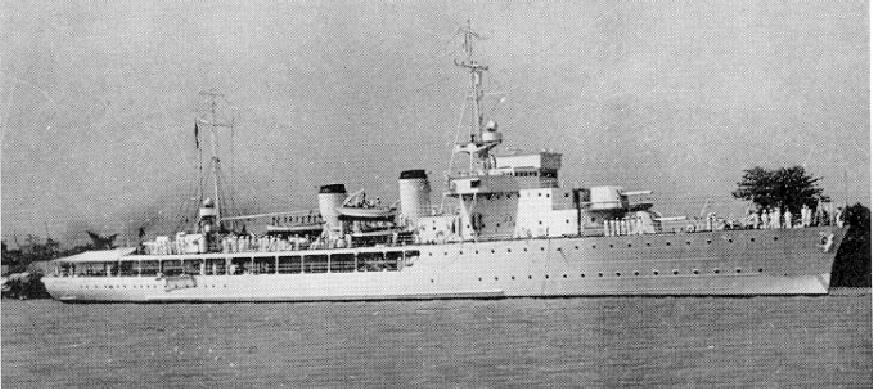|
French Ship Protée (1701)
Seven ships of the French Navy have borne the name ''Protée'', in honour of Proteus. French ships named ''Protée'' * (1701–1722), a 48-gun ship of the line * (1725), a frigate * (1750–1770), a 64-gun ship of the line, lead ship of her class * (1773–1780), a 64-gun * (1862–1868), an aviso An ''aviso'' was originally a kind of dispatch boat or "advice boat", carrying orders before the development of effective remote communication. The term, derived from the Portuguese and Spanish word for "advice", "notice" or "warning", an ... * (1904–1914), a * (1932–1943), a Notes and references Notes References Bibliography * * {{DEFAULTSORT:Protee French Navy ship names ... [...More Info...] [...Related Items...] OR: [Wikipedia] [Google] [Baidu] |
French Navy
The French Navy (, , ), informally (, ), is the Navy, maritime arm of the French Armed Forces and one of the four military service branches of History of France, France. It is among the largest and most powerful List of navies, naval forces in the world recognised as being a blue-water navy. The French Navy is capable of operating globally and conducting expeditionary missions, maintaining a significant Standing French Navy Deployments, overseas presence. The French Navy is one of eight naval forces currently operating Fixed-wing aircraft, fixed-wing aircraft carriers,Along with the United States Navy, U.S., Royal Navy, U.K., People's Liberation Army Navy, China, Russian Navy, Russia, Italian Navy, Italy, Indian Navy, India, and Spanish Navy, Spain with its flagship being the only Nuclear marine propulsion, nuclear-powered aircraft carrier outside the United States Navy, and one of two non-American vessels to use Aircraft catapult, catapults to launch aircraft. Founded in the ... [...More Info...] [...Related Items...] OR: [Wikipedia] [Google] [Baidu] |
Proteus
In Greek mythology, Proteus ( ; ) is an early prophetic sea god or god of rivers and oceanic bodies of water, one of several deities whom Homer calls the "Old Man of the Sea" (''hálios gérôn''). Some who ascribe a specific domain to Proteus call him the god of "elusive sea change", which suggests the changeable nature of the sea or the liquid quality of water. He can foretell the future, but, in a mytheme familiar to several cultures, will change his shape to avoid doing so; he answers only to those who are capable of capturing him. From this feature of Proteus comes the adjective protean, meaning "versatile", "mutable", or "capable of assuming many forms". "Protean" has positive connotations of flexibility, versatility and adaptability. Name origin Proteus's name suggests the "first" (from Greek language, Greek "" , "first"), as () is the "primordial" or the "firstborn". It is not certain to what this refers, but in myths where he is the son of Poseidon, it possibly refe ... [...More Info...] [...Related Items...] OR: [Wikipedia] [Google] [Baidu] |
Ship Of The Line
A ship of the line was a type of naval warship constructed during the Age of Sail from the 17th century to the mid-19th century. The ship of the line was designed for the naval tactics in the Age of Sail, naval tactic known as the line of battle, which involved the two columns of opposing warships manoeuvering to volley fire with the naval cannon, cannons along their Broadside (naval), broadsides. In conflicts where opposing ships were both able to fire from their broadsides, the faction with more cannons firingand therefore more firepowertypically had an advantage. From the end of the 1840s, the introduction of steam engine, steam power brought less dependence on the wind in battle and led to the construction of propeller, screw-driven wooden-hulled ships of the line; a number of purely sail-powered ships were converted to this propulsion mechanism. However, the rise of the ironclad warship, ironclad frigate, starting in 1859, made steam-assisted ships of the line obsolete. The ... [...More Info...] [...Related Items...] OR: [Wikipedia] [Google] [Baidu] |
Frigate
A frigate () is a type of warship. In different eras, the roles and capabilities of ships classified as frigates have varied. The name frigate in the 17th to early 18th centuries was given to any full-rigged ship built for speed and maneuverability, intended to be used in scouting, escort and patrol roles. The term was applied loosely to ships varying greatly in design. In the second quarter of the 18th century, what is now generally regarded as the 'true frigate' was developed in France. This type of vessel was characterised by possessing only one armed deck, with an unarmed deck below it used for berthing the crew. Late in the 19th century (British and French prototypes were constructed in 1858), a type of powerful ironclad warships was developed, and because they had a single gun deck, the term 'frigate' was used to describe them. Later developments in ironclad ships rendered the 'frigate' designation obsolete and the term fell out of favour. During the Second World War ... [...More Info...] [...Related Items...] OR: [Wikipedia] [Google] [Baidu] |
Aviso
An ''aviso'' was originally a kind of dispatch boat or "advice boat", carrying orders before the development of effective remote communication. The term, derived from the Portuguese and Spanish word for "advice", "notice" or "warning", an ''aviso'', was later adopted by the French and Portuguese navies to classify their medium-sized warships designed for colonial service. The term continued to be used in the French Navy to classify the patrol frigates until 2012, when the remaining ships of the class were reclassified as offshore patrol ships. It is equivalent to the modern use of " sloop" in other countries. Description The ''Dictionnaire de la Marine Française 1788–1792'' (by Nicolas-Charles Romme) describes ''avisos'' as "small boats designed to carry orders or dispatches". By the late 19th century, an aviso could be of several hundred tons displacement. Usually very lightly armed and often not significantly faster than battleships or cruisers, the aviso was no ... [...More Info...] [...Related Items...] OR: [Wikipedia] [Google] [Baidu] |



